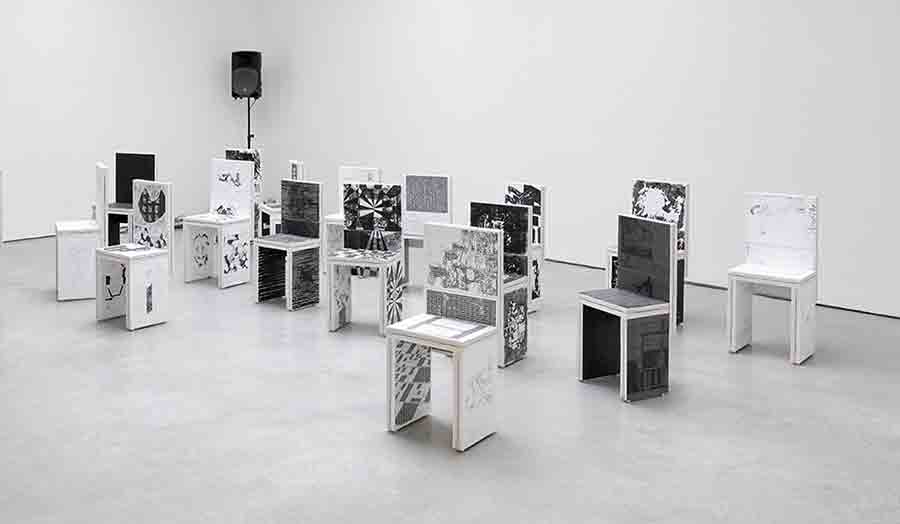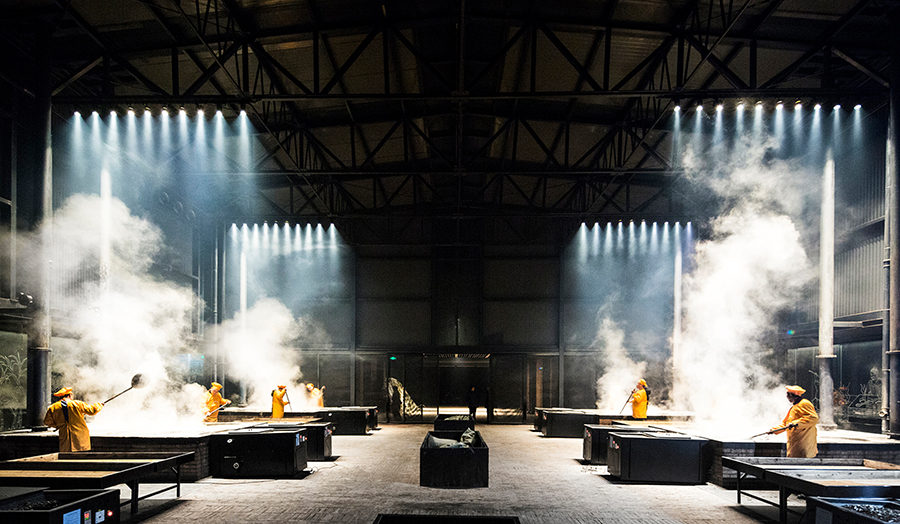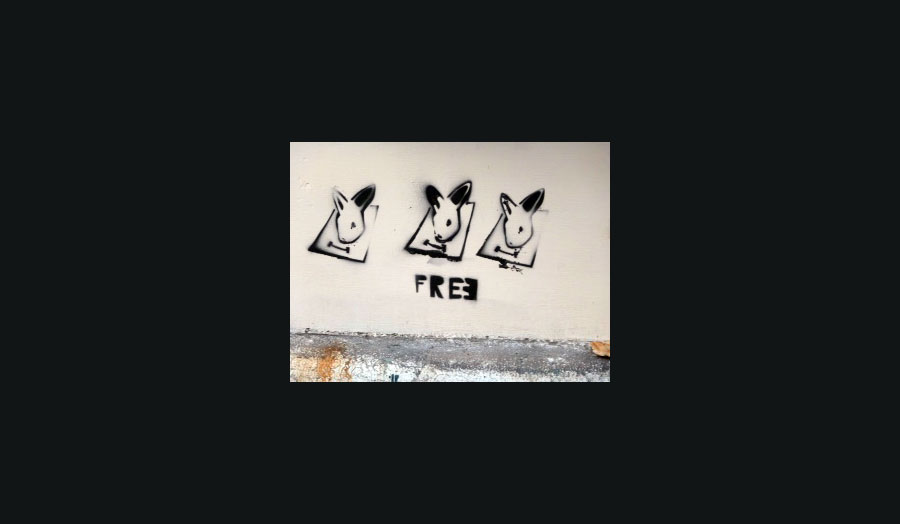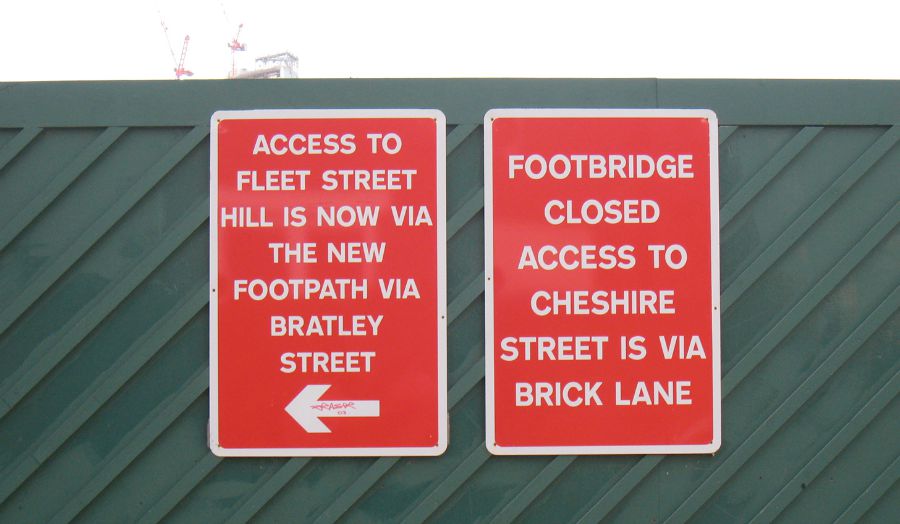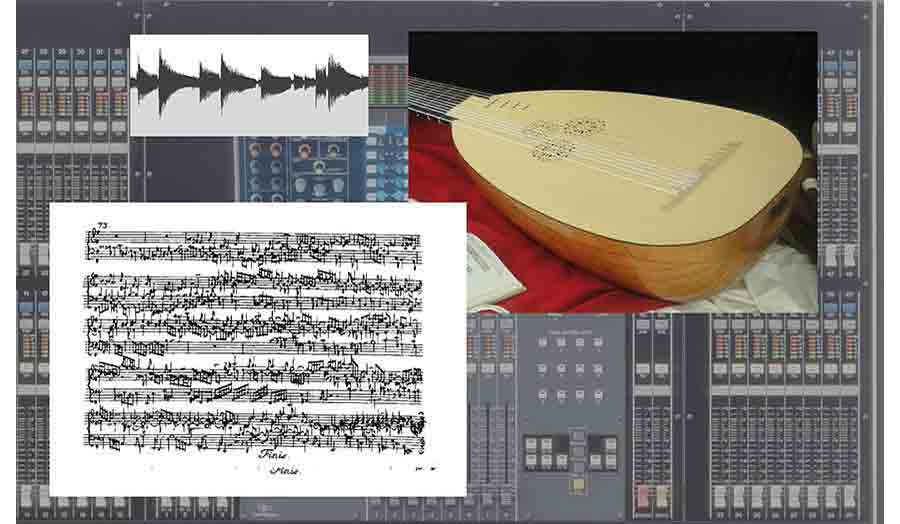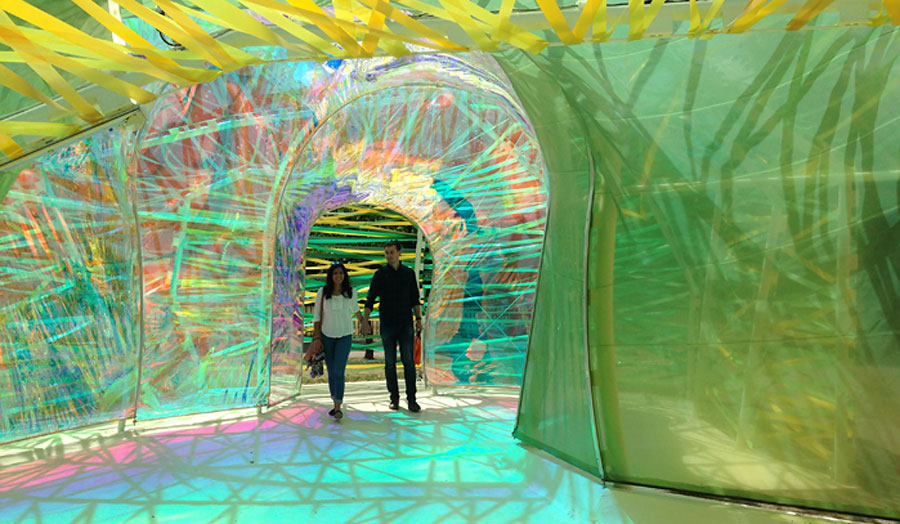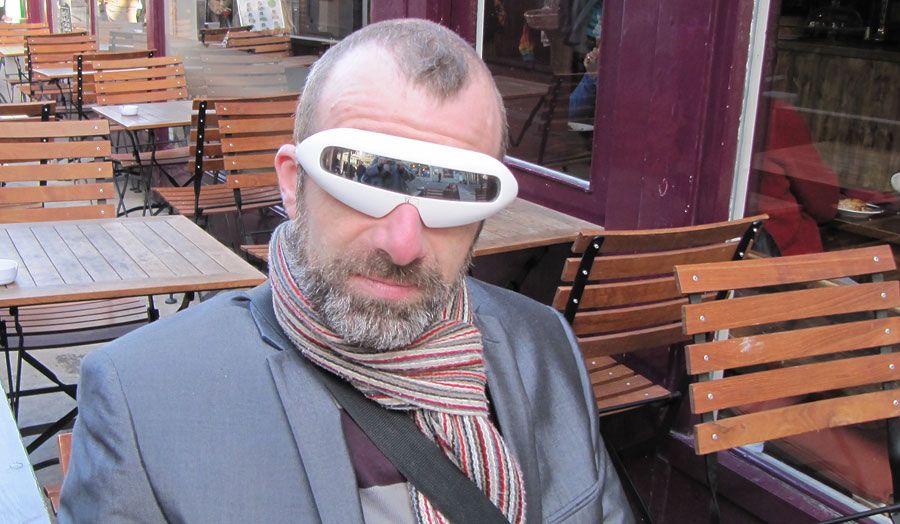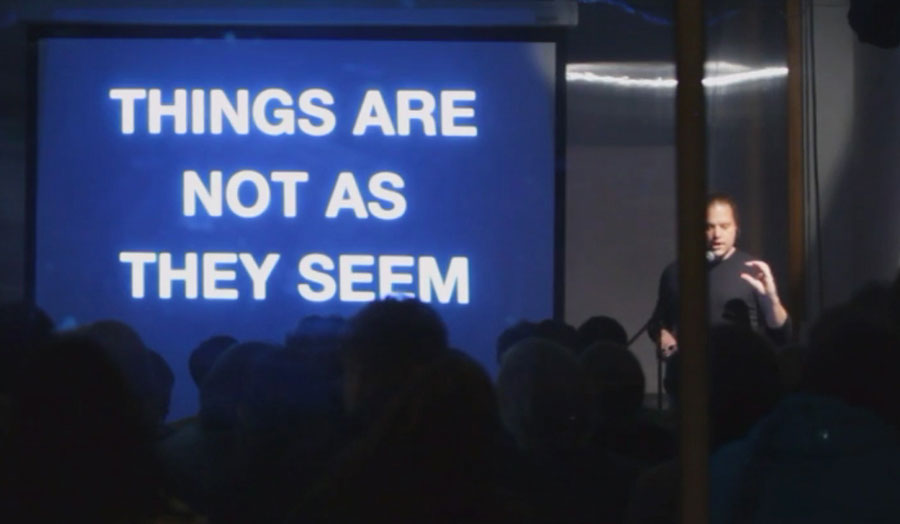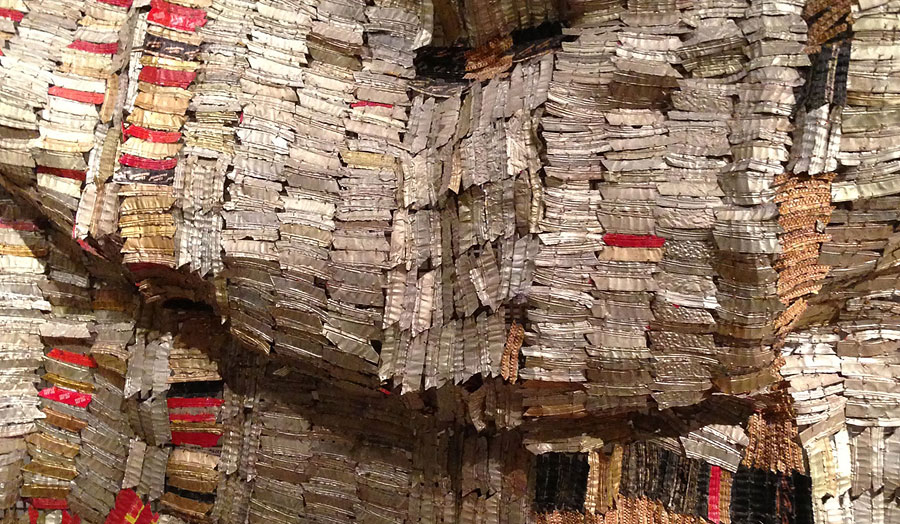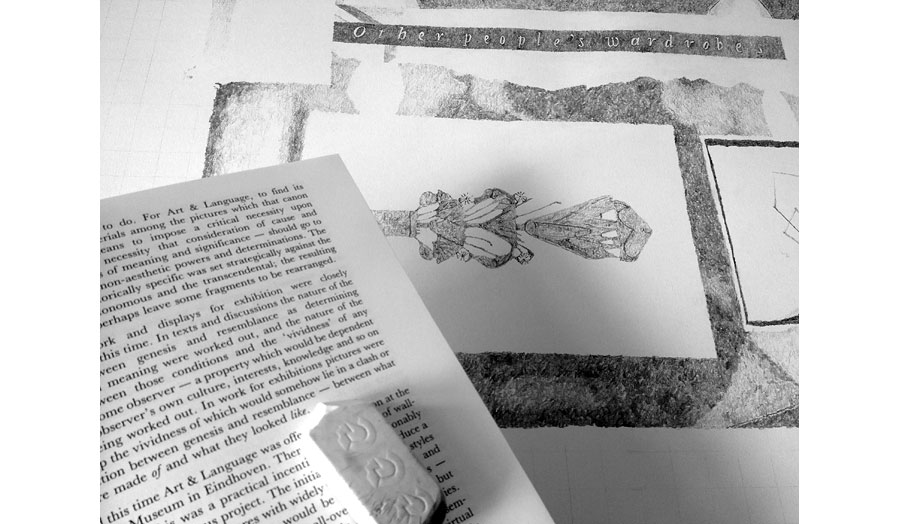Studio brief
The concept of the audience has been a topic of continued debate and discussion in the study of media and communication. In the twentieth century, fears around the propagandistic impact of media technologies on mass audiences led to criticism and censorship of media texts from a number of different theoretical and ideological perspectives. Alternative approaches to audiences however emphasised the active nature of ‘audiencing’, and researchers emphasised audience reception of media messages in their cultural and social contexts. In the twenty-first century, the whole conception of the audience has been further challenged by digital communications technologies which allow users to be producers as much as consumers, and the impact of social networks and the internet more broadly have suggested the emergence of a more participatory culture. This can be linked to a move away from studying the ‘text-audience’ relationship and towards a focus on the place of media reception in the routines of everyday life.
This studio will encourage students to adopt an ethnographic approach to the study of audiences, by selecting a particular audience group and applying qualitative research methods to investigate the meanings and perspectives audiences generate and apply to their media use.
Summer task:
Read the story by The Guardian. What does it suggest about TV? About horror movies? Who are the ‘experts’ here? How is this linked to arguments around the value of popular culture? We will discuss these issues in the studio.
Outline the first seven weeks of study
The first few weeks of the studio will survey the history and theory of audience studies, in order to set the context for the ethnographic study of contemporary media audiences:
- Magic bullet theories
- Agenda setting
- Uses and Gratifications
- Reception Theory
- Active Audiences
- Audiences and publics
- Audiences and social constructionism
- Fandom and subcultures
- Networked audiences and social media
The latter part of the ‘taught’ studio will consider the different research methods (surveys, interviews, focus groups, participant observation) that have been used to investigate audiences.
Reading list
- Alasuutari P (ed.) (1999) Rethinking the Media Audience: The New Agenda. London ; Thousand Oaks, Calif: Sage Publications UK
- Barker M, Arthurs J and Harindranath R (2001) The Crash Controversy: Censorship Campaigns and Film Reception. Wallflower Press
- Barker M and Petley J (2001) Ill effects: the media/violence debate. 2nd ed. Communication and society. London: Routledge
- Gauntlett D (2011) Making is connecting: the social meaning of creativity, from DIY and knitting to YouTube and Web 2.0. Cambridge: Polity Press
- Hills M (2002) Fan cultures. Sussex studies in culture and communication, London: Routledge
- Jenkins H (2006) Fans, bloggers, and gamers: exploring participatory culture. New York ; London: New York University Press
- Sullivan JL (2012) Media Audiences: Effects, Users, Institutions, and Power. SAGE Publications, Inc.
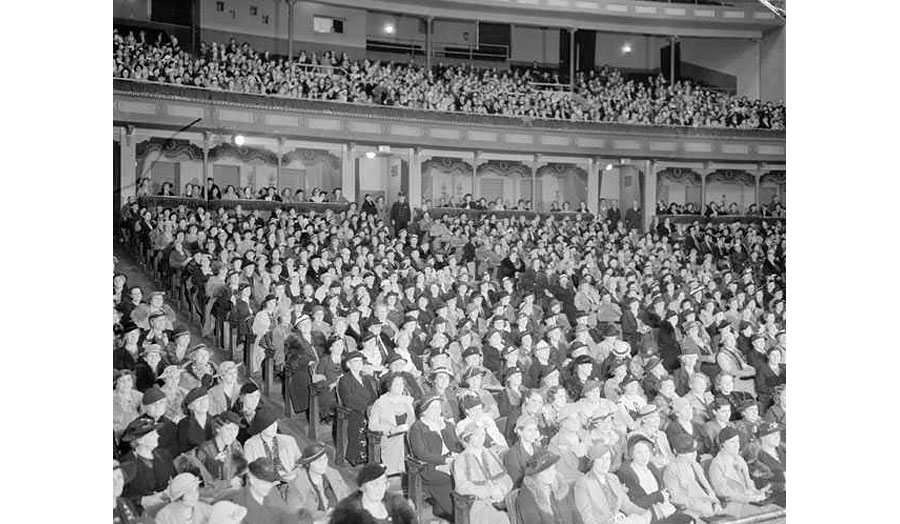
Details
| Tutor | Jeremy Collins |
|---|

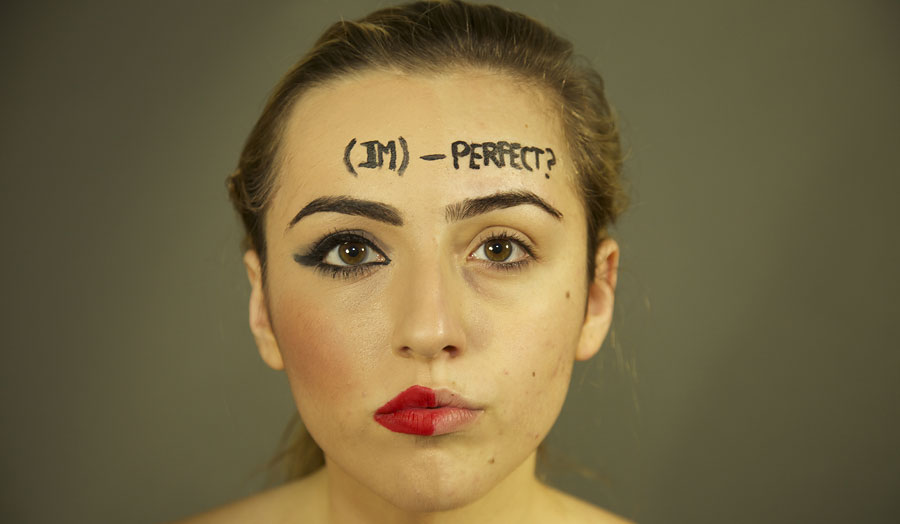

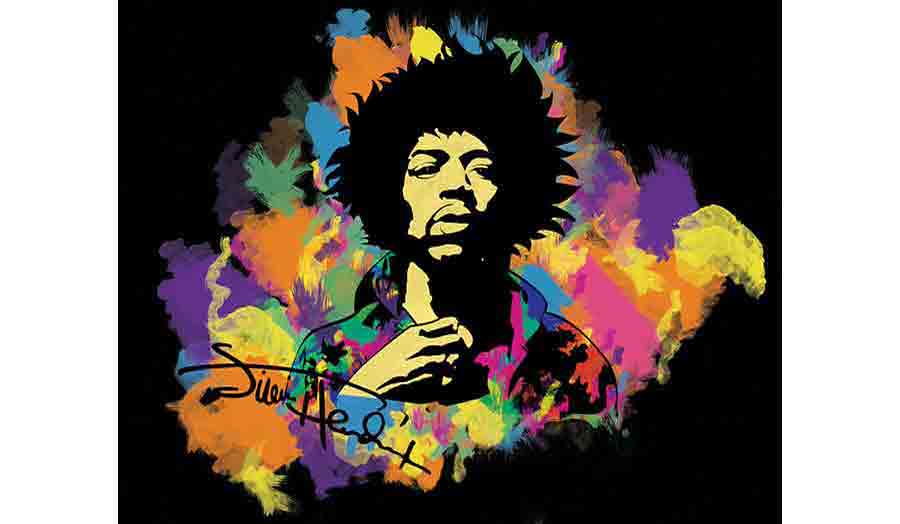

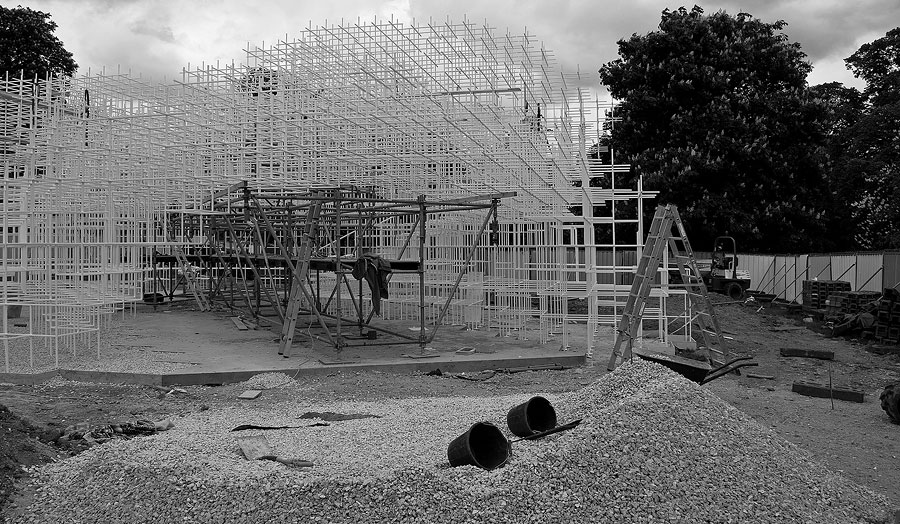
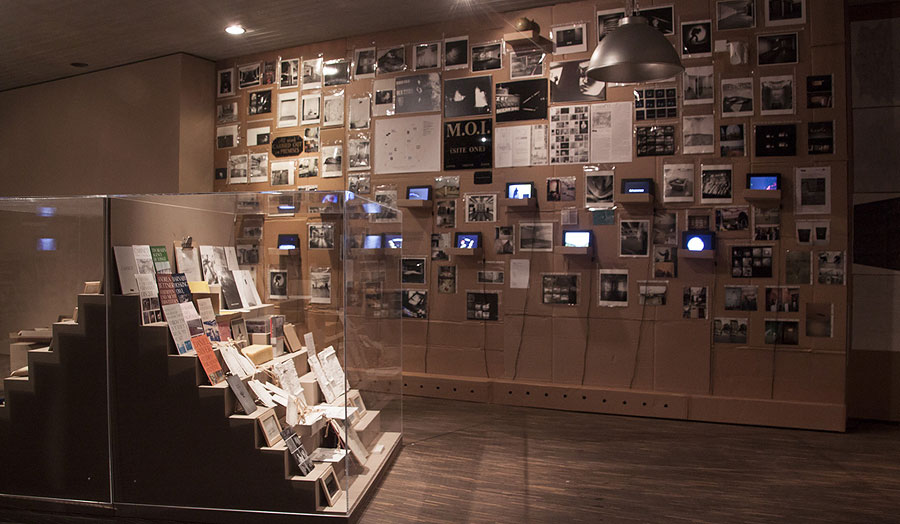
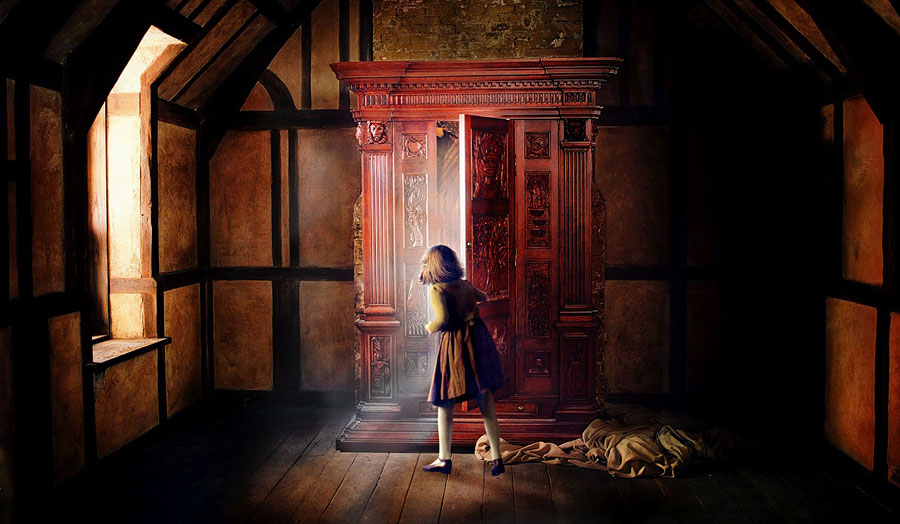

-(1).jpg)
